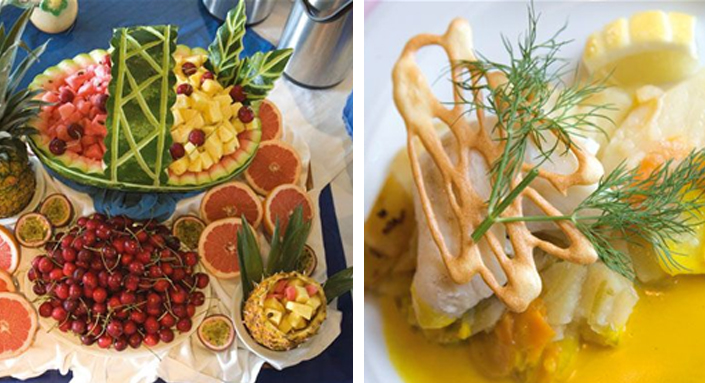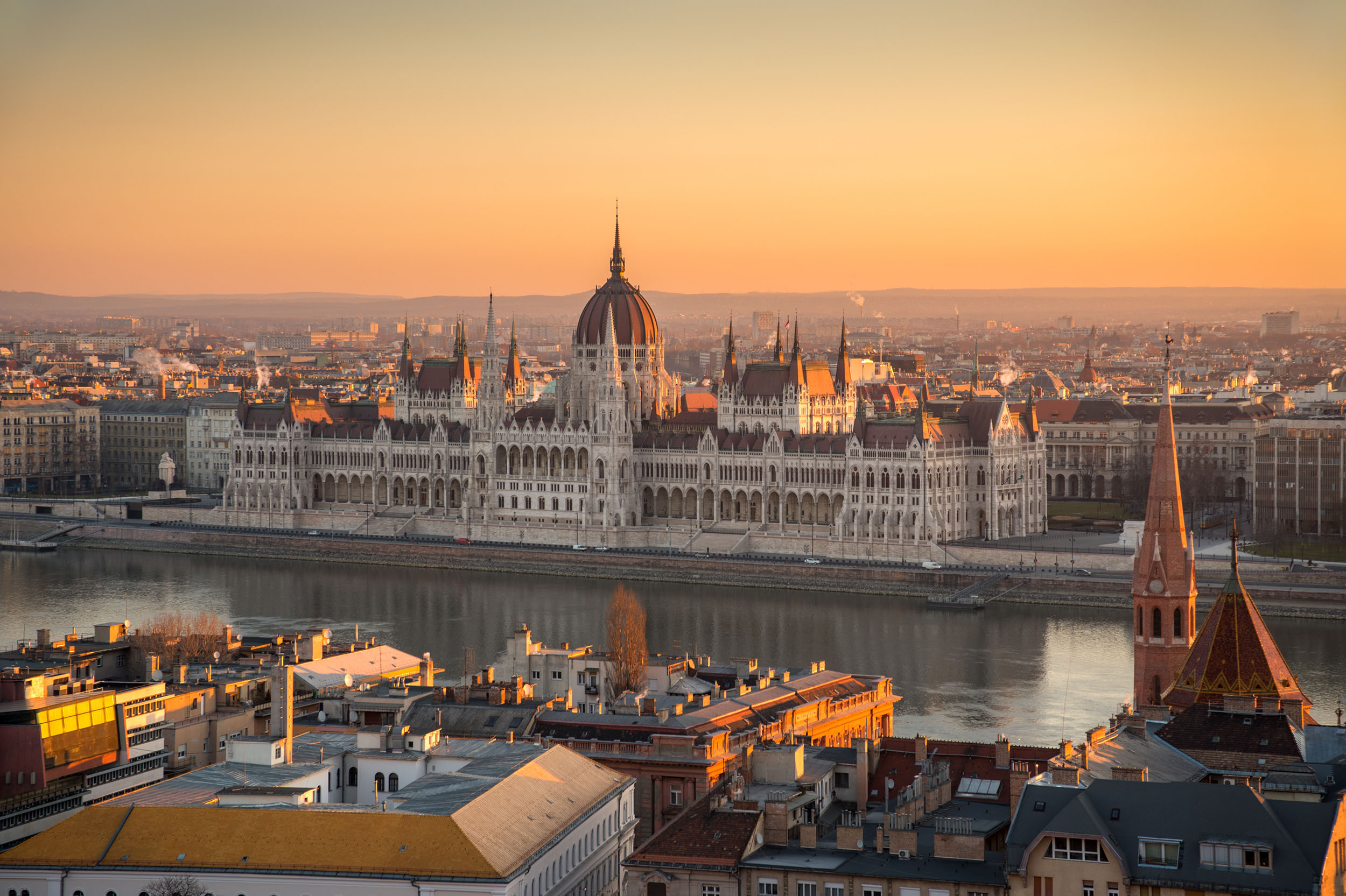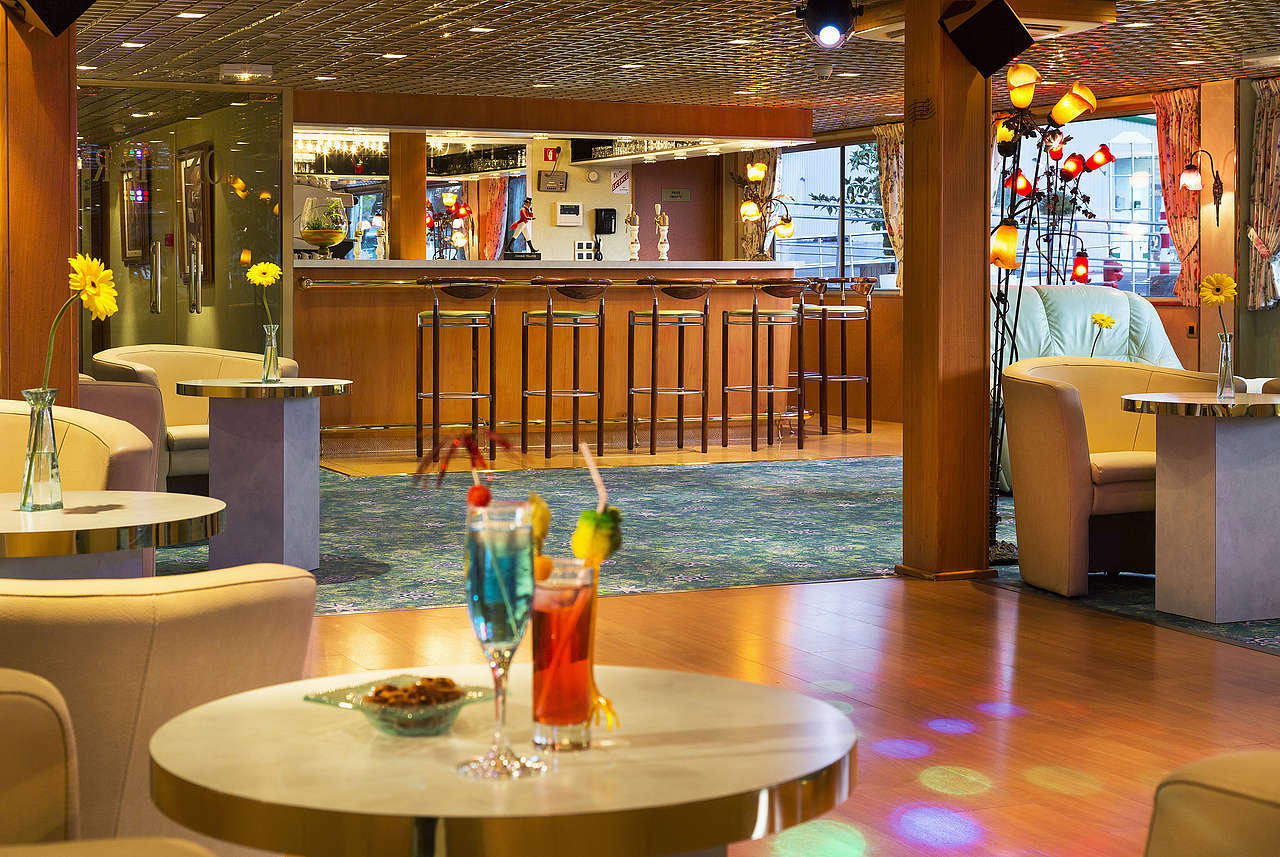Dalliance with the Danube: Cruising Eastern Europe
The sun was setting in a golden blaze over the Danube as the MS Beethoven slipped smoothly into the Gabcikovo Lock in Slovakia — the largest of the four we encountered on our eight-day Danube River cruise.
We were having an animated conversation with our new shipboard friends from the United States about Jim’s days as a speech writer for JFK just after the Cuban missile crisis, and Ilse’s work as a watercolour artist and former gold assayer. A published author and historian, Jim was now writing a spoof on the life of Sir Arthur Conan Doyle and his relationship with Sherlock Holmes. Having met at a tennis match in Florida only 18 months earlier, they were in their 70s but still dewy-eyed and holding hands.

After an initial feeling of being adrift in a sea of strange faces and foreign languages on the 110-metre long, triple-deck, 180-passenger vessel, we — first-time cruisers — met some remarkable people on our CroisiEurope Imperial Danube Cruise through Austria, Hungary and Slovakia. Among the large contingents from Denmark, Russia, France and the United Kingdom, and a scattering from the US and Oceania, we became good mates with Jim and Ilse, and three lively ‘girls’ from New Zealand, who had known each other for 48 years and travelled together for more than two decades.
At the magnificent French gala dinner on our last evening on the ship, we all shared our highlight-of-the-cruise. As a lover of history, I was enthralled with the excursions that covered the fascinating Habsburg dynasty and 640-year era of the Austro-Hungarian Empire, which ended in 1918: the magnificently ornate winter and summer palaces in Vienna, and 18th century baroque Melk Abbey with its beautiful gardens. My husband Chris relished the energetic hike to the castle above Dürnstein, a jewel of a village in the verdant apricot and grape growing Wachau Valley, the most picturesque part of the cruise. Steeped in history, the castle acquired fame as the place where the English king, Richard the Lionheart, was held prisoner in 1192 by Duke Leopold V of Austria, after their dispute during the Third Crusade.

Many were delighted by the little Hungarian village of Kalocsa, where we saw brightly-coloured hand embroidery, a traditional house with hand-painted flowers on the walls and a museum devoted to the growing of paprika, highly prized as a major export and the key ingredient in goulash, the national dish. Esztergom also left a lasting impression. The first capital of Hungary under the Arpad kings, it was the birthplace of King Stephen, who was crowned in 1001 as the first Christian king of Hungary. The huge basilica on the hill above the town, completed in 1822, took 40 years to build and is the biggest and most beautiful in Hungary, with a dome modelled on St Peter’s Cathedral in Rome.
We drove across the Danube on the Maria Valeria Bridge to Sturovo in Slovakia, which was bombed by the Germans in 1944 and only rebuilt in 2001. In Bratislava, the capital city of Slovakia, Jim’s sharp eye for detail picked out the gargoyles on the rooftops as we toured the baroque palaces and town hall, St Martin’s Gothic Cathedral, the royal castle, and the old town beyond the 13th century Michael’s Gate.

As the fourth course of the French-inspired feast — and more wine — arrived, delivered by our delightful servers, I poured the New Zealand girls exactly equal portions of their favourite Vin d’Alsace: an important rule I discovered at lunch on Day One. We toasted the hard-working, mainly Hungarian crew of the MS Beethoven, and the fabulous French food and wine that were highlights for us all.
All up, it was agreed that the cruise was great value, as all aspects of our lives as travellers were taken care of. We were accommodated in comfortable, surprisingly spacious double or twin serviced cabins with ensuite bathrooms and huge picture windows. We enjoyed three superb gourmet meals a day, with full table service for lunch and dinner, including a selection of French wine and local beer. We were delighted with music, dancing and entertainment in the evenings.

The ship berthed centrally in the historic centres of the towns and cities, where air-conditioned coaches with multi-lingual guides were waiting to take passengers right to the heart of the sightseeing spots — no parking hassles, no need to pore over guide books to figure out where to go and what to do in a limited time period, no risk of getting lost. Passengers were then delivered back to the boat in time for another splendid meal while the ship made its way to the next port of call.
The CroisiEurope experience was a perfect mix of relaxation, sightseeing and entertainment. Created over 40 years ago, the company is owned by a French family who want their guests to enjoy a stress-free, relaxed, friendly, fun atmosphere on board, with the best of European cuisine and wines. Add to this the special people we met, who enriched our experience enormously, and there’s no question these novice cruisers will be back for more.
Justine Tyerman travelled courtesy of Innovative Travel Company.

